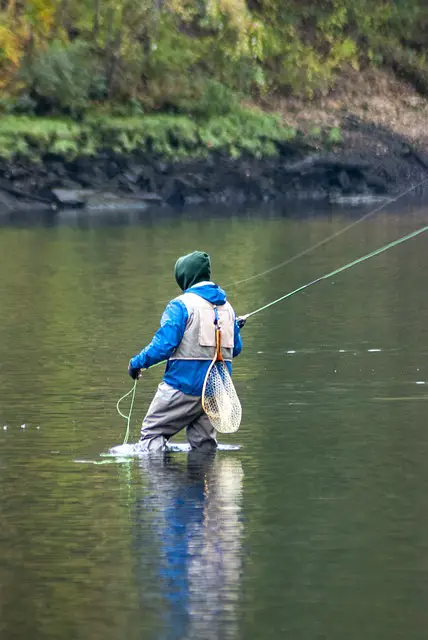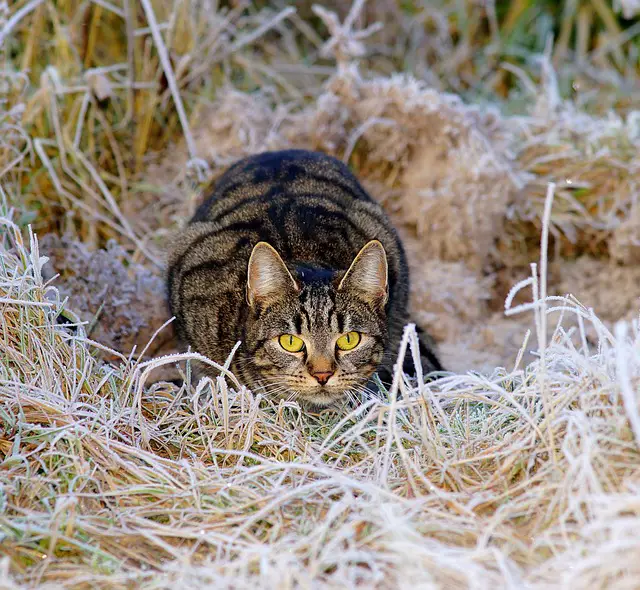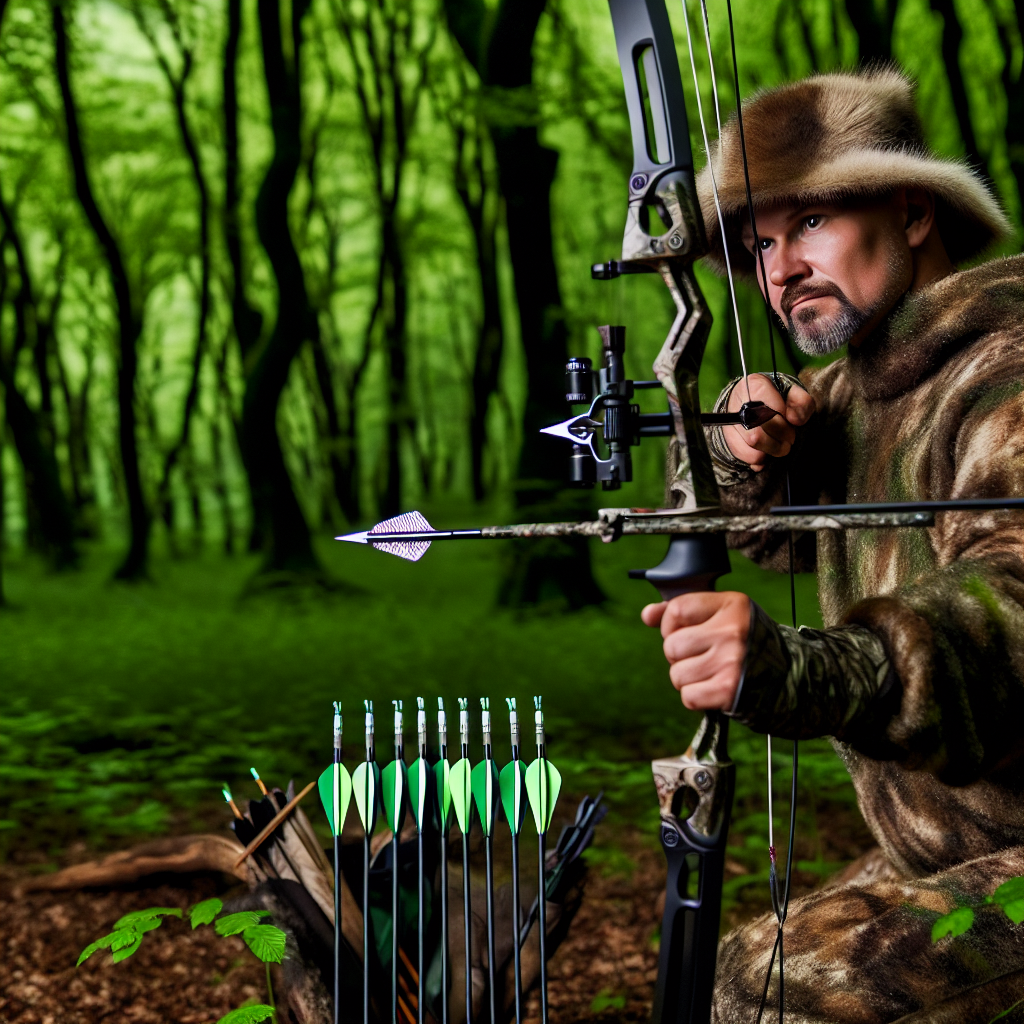The Allure of Streamer Fly Fishing
Streamer fly fishing is a time-honored method admired for its precision, subtlety, and efficacy. Before delving into the nuances and techniques of this unique fishing style, let us define what streamer fly fishing is. Streamer fly fishing is a technique where artificial baits, known as streamers, are used to imitate baitfish, leeches, crayfish, and other prey species that larger gamefish eat. The key difference between streamer flies and other forms of artificial bait is that streamers imitate a swimming, mobile target, offering a dynamic and highly engaging form of fishing.
What Makes Streamer Fly Fishing Unique?
Streamer fly fishing stands out from other types of fly fishing because it targets predatory fish that actively pursue and attack their prey. It thus requires a different approach, mindset, and skillset compared to methods like dry-fly or nymph fishing.
Is Streamer Fly Fishing More Effective?
Simply put, streamer fly fishing can be highly effective because it targets a fish’s aggressive instincts. Unlike other methods that rely on the fish’s feeding habits or curiosity, streamer fishing preys upon the fish’s predatory nature, triggering an immediate hunt-and-chase response. This can result in a more exciting and productive fishing experience.
The Art of Choosing the Right Streamer
Streamer fly fishing’s success hinges upon the streamer’s selection, which should closely mimic the prey species in the fishing area. Several factors come into play here, including the streamer’s size, color, and action.
What’s the Right Size for My Streamer?
The streamer’s size should match the size of the local baitfish that the gamefish are feeding on. Generally, smaller streamers work well in clear, shallow waters or when targeting smaller species, while larger streamers are better for murky waters or larger gamefish.
How Important Is Color in Streamer Selection?
The streamer’s color plays a significant role in its visibility and attractiveness to the target fish. Bright colors like orange, yellow, and white stand out in dark or murky waters, while natural colors like green, brown, and black blend well in clear waters and mimic a broader range of prey species.
What Action Should My Streamer Have?
A streamer’s action, the way it moves and behaves in the water, should mimic the target prey species’ movements. Streamers with sharp, erratic action can imitate an injured or fleeing baitfish, triggering a predator’s chase instinct.
Mastering the Techniques of Streamer Fly Fishing
Effective streamer fly fishing requires mastering various casting, retrieving, and presentation techniques. Experimenting with different strategies based on the current conditions and the fish’s behavior can significantly improve your success rate.
How Fast Should I Retrieve My Streamer?
The speed at which you retrieve your streamer can greatly affect its attractiveness to the fish. A slow retrieve can imitate an easy prey, while a fast retrieve can simulate a fleeing baitfish, triggering a chase.
How Should I Present My Streamer?
The streamer’s presentation, how and where it is cast, plays a substantial role in streamer fly fishing. Ideally, the streamer should be presented in a way that it crosses the fish’s field of vision, prompting a chase and strike.
In conclusion, streamer fly fishing is an exhilarating and highly rewarding form of fly fishing that requires a blend of knowledge, skill, and strategy. By understanding and mastering the intricacies of this method, one can unlock a whole new level of fly fishing enjoyment and success.




